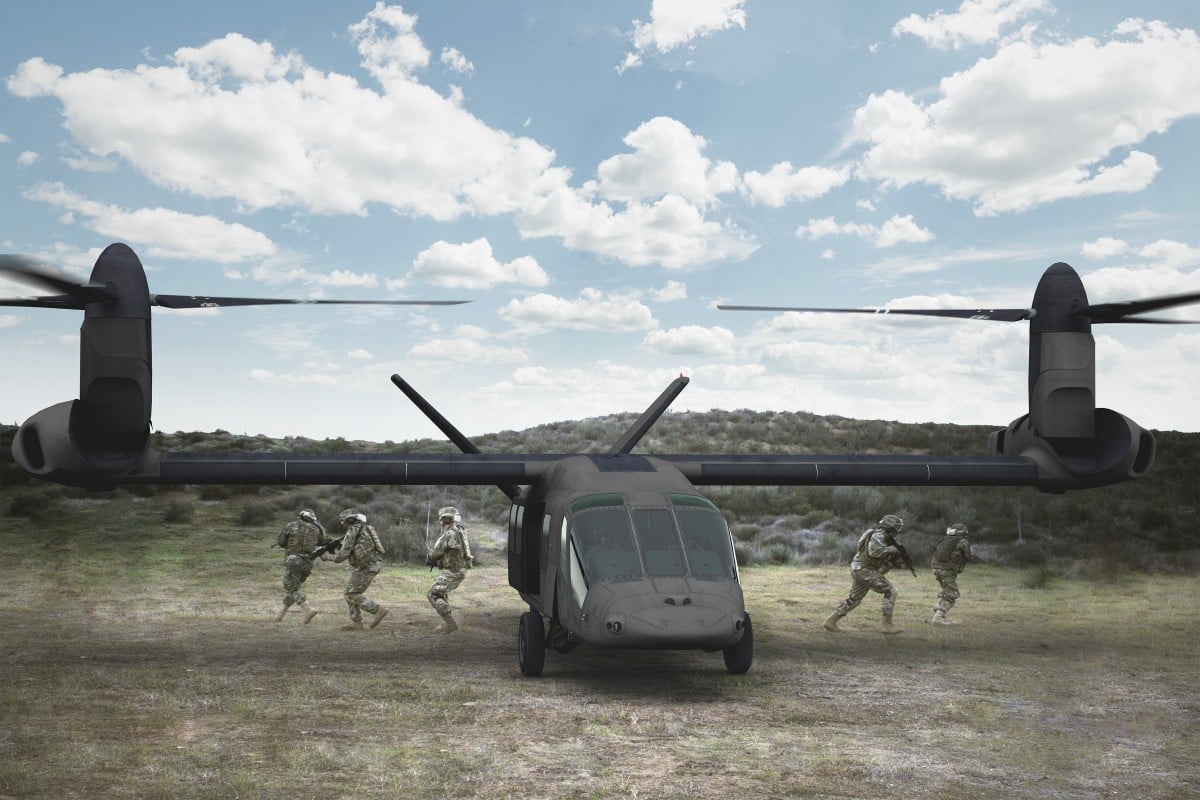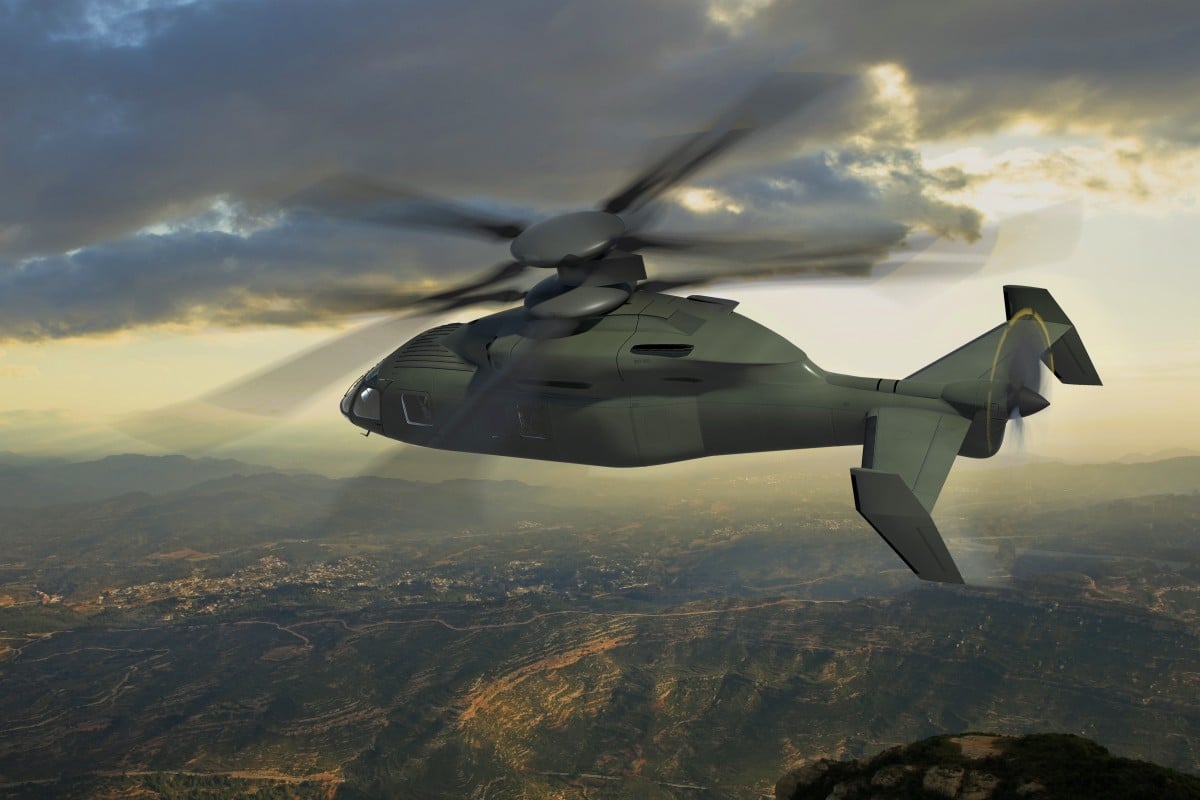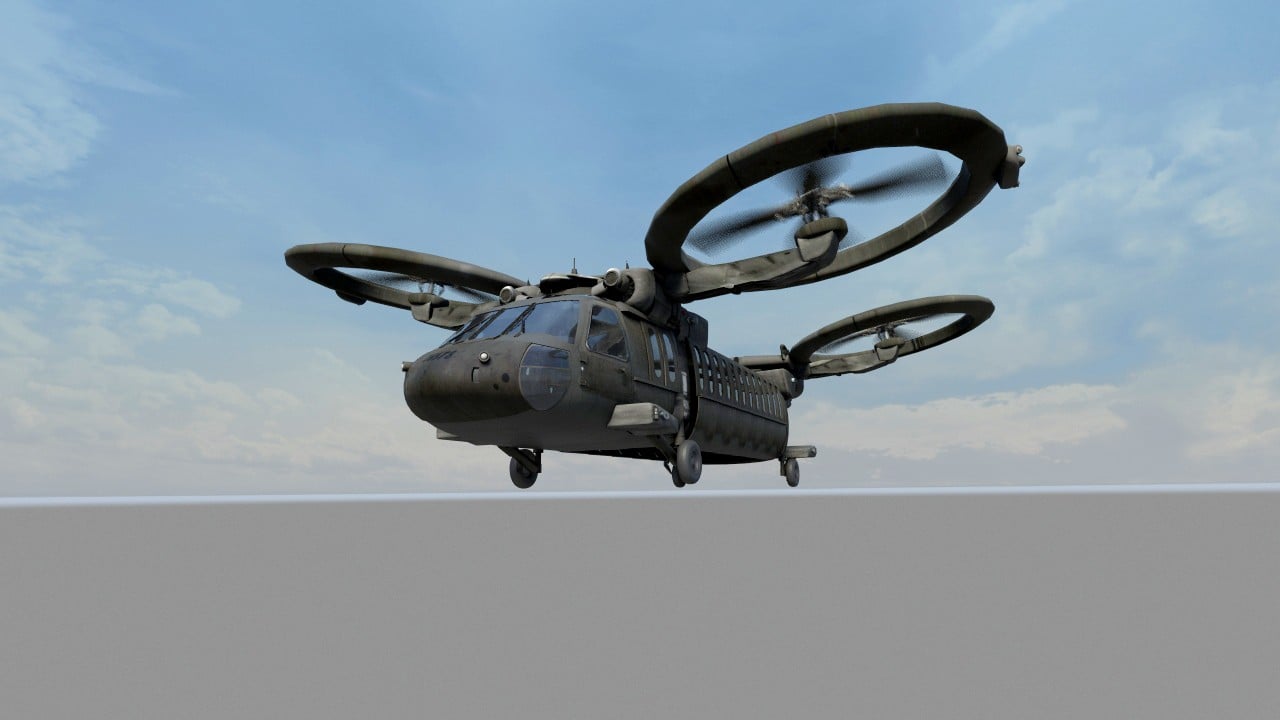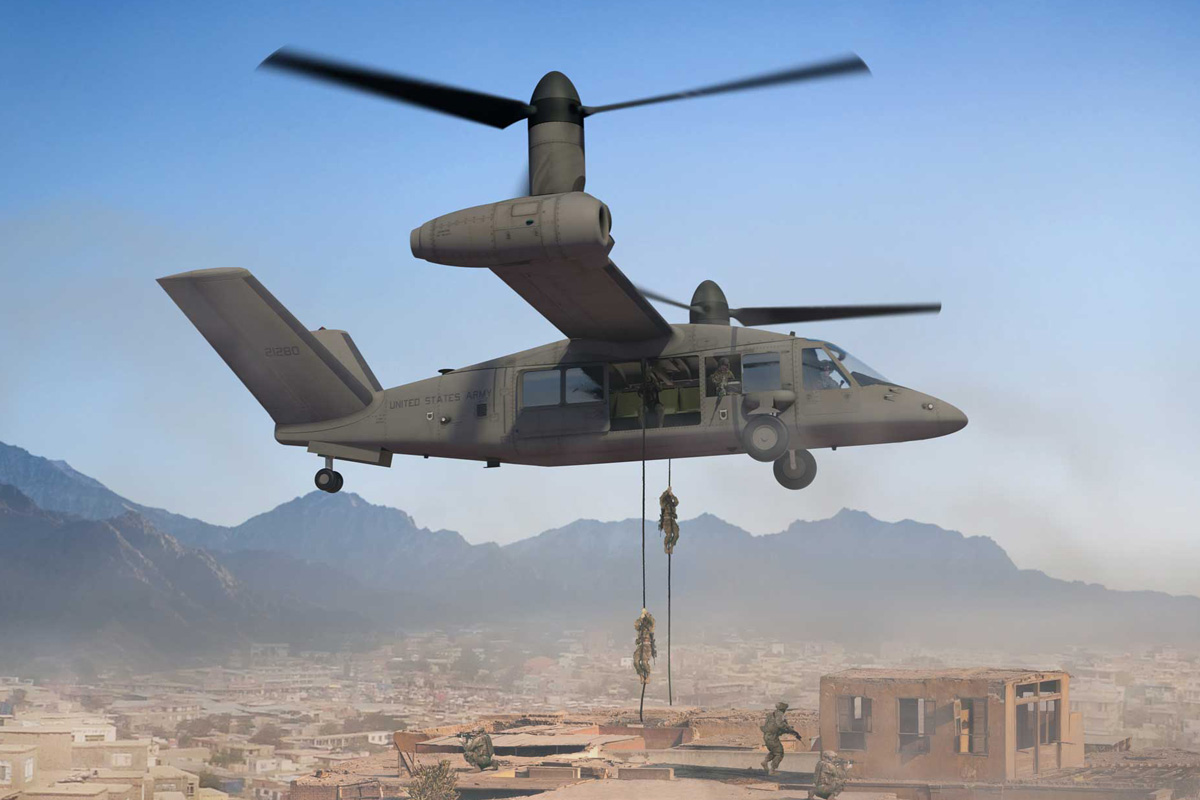
The U.S. Army’s science and technology community is shaping the future of military vertical lift aviation, aiming to enable soldiers to accomplish missions that are currently beyond reach.
Collaborating with NASA and the Navy, the Army is pooling its technical expertise to achieve ambitious scientific and engineering objectives necessary for the development of a new fleet of joint aircraft. According to Ned Chase, Deputy Program Director of Science and Technology (S&T) for the Joint Multi-Role Technology Demonstrator/Future Vertical Lift (JMR TD), this initiative addresses capability gaps that cannot be fulfilled by updating the existing fleet.

Chase, affiliated with the Army Aviation and Missile Research, Development, and Engineering Center (ARMDEC) in Fort Eustis, Virginia, emphasizes the focus on demonstrating the feasibility of incorporating various technologies into a new aircraft design. He states, “We want to put together a roadmap to develop the radios, weapons, sensors, and survivability equipment by drawing from RDECOM in preparation for FVL. We take their products and integrate them onto the platform itself. FVL is going to reflect the aggregate of RDECOM investment.”


The ultimate goal of the Future Vertical Lift (FVL) program is to replace the military’s vertical lift fleet with a new family of aircraft. To achieve this, the effort involves integrating technology concepts from across RDECOM and the Department of Defense into an efficient and enduring architecture.
Chase acknowledges the challenge of developing technologies that function effectively in a more demanding aviation environment. He points out the transition from flying aircraft at 130 knots to 250 knots and the resulting changes in the operational landscape for weapons, sensors, and radios.
Developing a joint aircraft for all services is expected to streamline technology development, training, maintenance, and logistics. The initiative classifies aircraft into four categories—light, medium, heavy, and ultra—to cater to different service-specific missions.

Collaboration with NASA and the Navy, each with distinct expertise, enhances the project’s comprehensiveness. The joint requirement drives the need for a mixed team, as different services have varied missions and operating conditions.
The project’s timeline includes first flight testing in summer 2017, with technologies integrated onto the platform at technology readiness level 6 between 2022 and 2024. While the Defense Advanced Research Projects Agency (DARPA) often develops single-purpose aircraft, the focus of JMR TD is to build a fleet capable of achieving multiple stringent goals.
In conclusion, this article, originally published in the March/April 2015 issue of Army Technology Magazine, highlights the U.S. Army’s collaborative effort to revolutionize military vertical lift aviation through cutting-edge technology integration and innovation.





